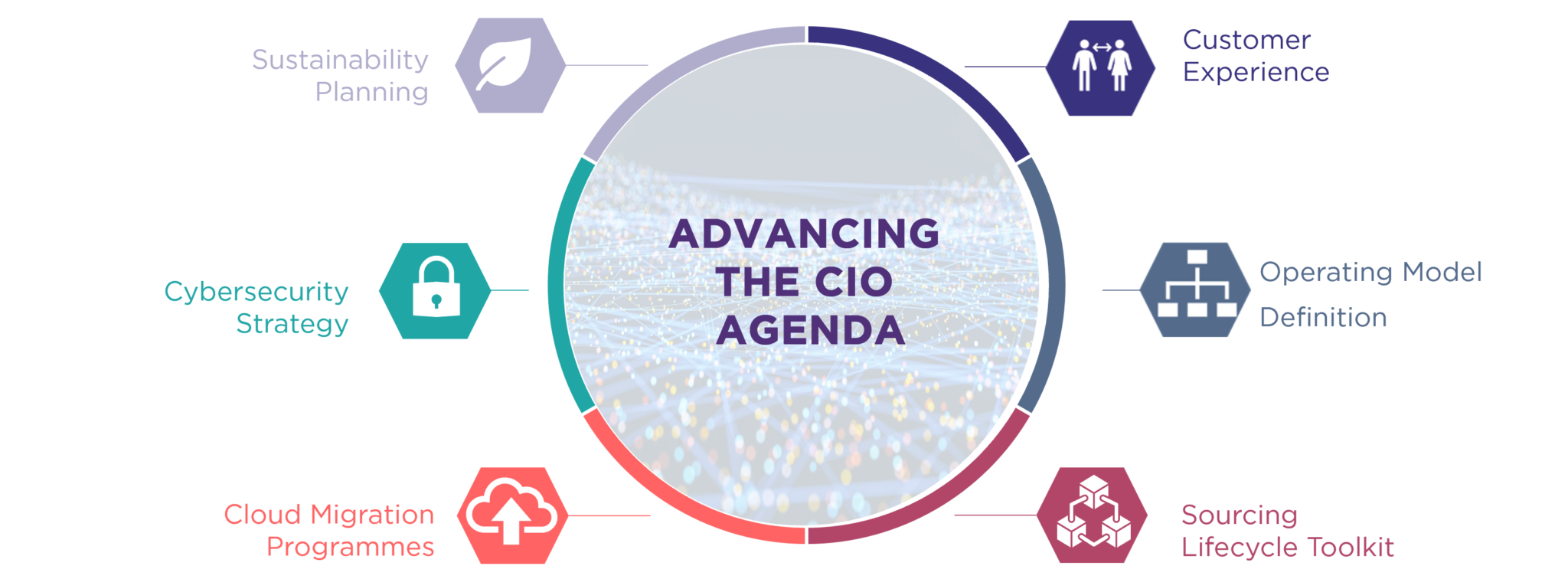Rising costs are everywhere around us. We are continually prioritising purchases by weighing up costs vs benefits associated. Take buying a car, for example. If you had a choice between two cars, both exactly the same, except one had better safety features – which one, would you get? The safer one. Even if it was more expensive, a quick cost:benefit analysis would help you to rationalise the extra spend on your safety.
If the same rationalisation is applied to every major purchase you had to make – which would you prioritise?
What if you had to make such decisions not only at a personal level but professionally, being accountable for an entire organisation?
You are a Chief Information Officer (CIO) responsible for making critical decisions for an organisation, setting the entire direction of their technology strategy. You must think about balancing between staying relevant with industry trends and facing constant organisational pressure of “We need to reduce the IT budget, what can you cut?”
To navigate this landscape, here’s 5 top tips to understand your current environment and design an effective cost optimisation strategy
Whether you are a newly appointed CIO or been in the position a while, a good first step is to align with the CFO office.
Work together with key members from the finance team to assess your current spend. This will enable you to develop a more holistic view of your technology by:
- Identifying Important Business Services and areas of obsolescence
- Understanding the processes to deliver the above – outsourced v/s insourced
- Discovering trends over the last few years due to changes within the industry and/or macroeconomic factors. For example: Through discussions and engagements with CIOs across key Wavestone clients we have noticed an increase in Cybersecurity tooling especially in a post-pandemic world
Speak to the people who leverage these technologies daily i.e. your delivery managers, business analysts, vendor managers to know more about their day-day experience with key platforms and suppliers.
This will then add a further layer of employee engagement to the financial data obtained enabling you to understand the ongoing initiatives and pain points at the heart of your business.
Why is this important?
Successful leaders have had a cultural shift in their understanding, whereby cost optimisation does not always mean “cost cutting”. Moreover, it is about how you allocate your budgets to technologies that drive innovation and collaboration across your business, whilst enhancing customer journeys.
Leverage industry research and reports to look outward. What are other companies in the space doing? What are the priorities of other CIOs in your peer-to-peer network. Draw out similarities and differences that will support your decision-making process to either align with the industry or be a disruptor.
Appoint key people within your organisation, ideally not within your direct reporting line but a selection of key change champions across the business with a ‘can do attitude’. Lean on them to look at all the data you have gathered both internally and externally to develop a list of opportunities. It does not matter how big or small, for now just put everything out there, even on sticky notes or Kanban board.
Narrow down on the ones that:
- Excite the team the most
- Address an inefficient or problematic area in the business (obsolescent, security, high cost)
- Enable you to stand out as a differentiator
Ok, you have your initiative list, you validate these against your business strategy… but you are challenged back, that most of the initiatives can’t be explored further. So, what went wrong?
Most CIOs often struggle at this point whereby the strategy and the initiatives they design are difficult to implement – primarily because of lack of buy-in from wider leadership, poor quality gathered, cultural barriers or no synchronisation between priorities across business units.
Final Thoughts

Mamta Kalwani
Senior Consultant
We support and empower CIOs to showcase the right level of evidence against identified initiatives across teams of all levels. Through effective communications, collaborative and agile ways of working with employees, we ensure that their strategic vision hits the mark. We become a trusted ally to our clients, fostering lasting relationships from within the organisation that drive long term success.




